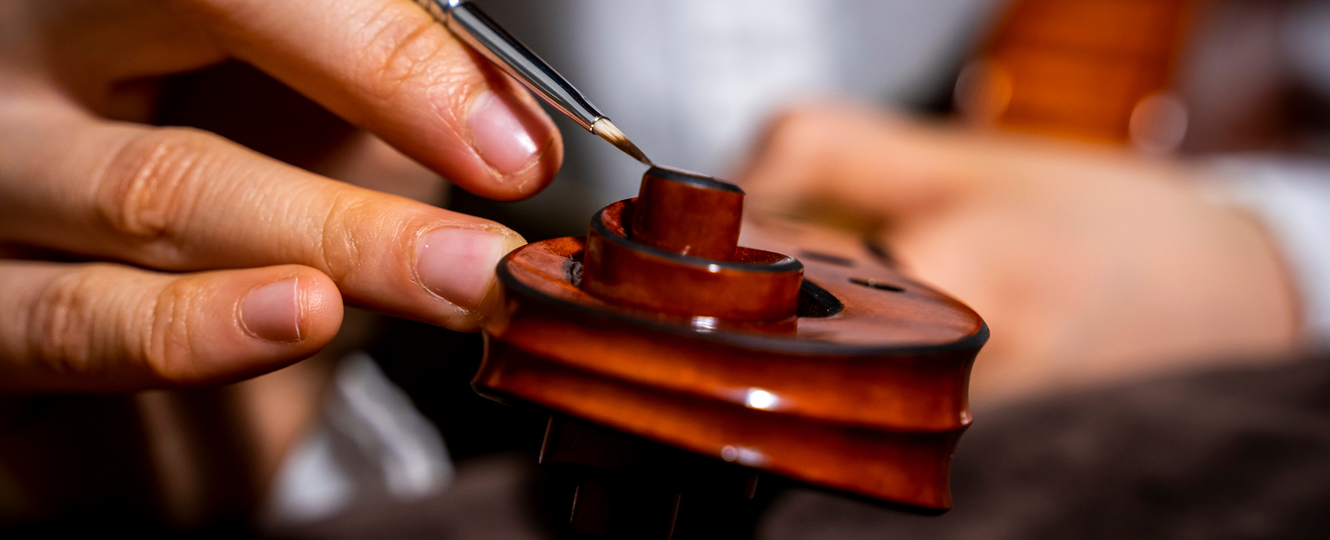
Disadvantages of face to face interviews
When I do my job is not rare that many people ask me whether it is more advantageous or disadvantageous conducting face to face interviews rather than carrying out CATI’s method. In this respect it is right to make a clarification: Remember the song Depende? Here, this is my answer. And no, it is not absolutely a vague answer, that is because it really depends on the subject, the goal and the budget. Taking into consideration these variables, it is possible to estimate the chance of a research method over another.
At this point you might ask me: why do you deal with Cati and why do you recommend the use of it?
The answer is quite simple. And with this post I will explain why.
Disadvantages of face to face interviews compared to CATI
Conceptually, the F2F is defined as the oldest market research method in the world . Remember the old statistical statements, for example? The face to face method was preferred, until the early 70s, that is because there was no technology, not even a basic one like a simple phone call, which allowed to outclass it. It was easier to meet directly with people and ask them questions. People were also more willing to get involved because there were not many other ways to participate in market research. In other words, it was easy for a housewife, for example, to feel almost honored to take part in a market coming out of a cleaning product that would have changed the domestic economy.
Let’s talk about the quantitative research tool.
Then history took care of the rest. More and more families have had access to the telephone, the cost of telephone surveys, year after year, decreased compared to face-to-face interviews, exchanges have become faster and the quality of data obtained by telephone surveys have greatly improved . That is why getting a sample of telephone respondents to who submit the research has become not only easy, but also convenient.
So are face-to-face interviews disadvantageous compared to CATI?
Let’s analyze together the details step by step.
However, before proceeding, let’s stop on a preliminary step to better understand the matter. If in the past, in fact, the F2F was a quantitative research tool, now it has become primarily qualitative. There are many hours spent on a small sample and on a deep research of it. It is still used as a quantitative tool only in countries where connections are a not that easy or don’t even exist and where a face- to -face connection is still necessary, between respondents and interviewers.
4 weak steps of the face-to-face method
- Preconceptions interviewer
- High cost per participant
- Geographical limitations
- Time pressure for respondents
Current statistics indicate that the telephone survey is still the most important way of inquiry, and this does not surprise us at all. Just think about face to face management costs, where an interviewer, with its digital tools or simply with paper and pen, goes to a physical place where the respondent is , according to the areas to be covered, obviously the interviewer’s movements will have to be paid. Even before that, a sample selection that will participate in the study is required, so all the work that for instance the Italy’s National Statistics Institute does to interview the head of the family, the teenager or an off course student. Interviews that hopefully should cover a not too limited geographical area, or anyway varied , and which is very expensive for the company that will simultaneously send interviewers to Milan, Palermo, Bari and Rome . A further disadvantage is the monitoring interviewer who could not be able to ask questions risk blowing the worth of the interview and its neutrality .
For these and many other reasons that you may have to know by reading our blog, I feel pretty safe in saying that yes, face to face interviews are disadvantageous compared to CATI.
In IFF there is always a very thorough caller’s training. We explain how to not always influence the respondent, however, how to be as friendly and gracious without being drawn into the vortex of excessive chatter. We monitor real-time responses, and this is one of the CATI strengths: knowing how to obtain neutral and accurate data.
Every time we receive a questionnaire and a field is required, we do accurate simulations, we try to figure out if a questionnaire will work with that time duration and with those questions and, finally, our project managers will try to give suggestions to see if the questionnaire that was given to us, will work or not, and the CATI survey specialist must intervene on the questionnaire.
Can we say at this point that the CATI is an advantageous method? Yes, us from IFF can say that , because we work precisely so that it can be stated with the highest chance of success.
See you soon!
If you need help, write me e.armato@iff-international.com
Ennio Armato (Branch Manager, Italy)
Other Articles
-
CATI17 March 2025
Why human connection still matters in a digital market research world
In a world increasingly focused on going digital, it’s easy to assume that everything from shopping to socializing should happen online. Market research is no different. Today, onl... -
CATI6 March 2025
Quality control in Market Research: The questions you should be asking (but probably aren’t)
Just as a skilled chef ensures every dish meets their exacting standards, quality control in market research requires attention to detail and expertise. Choosing the right data col... -
CATI14 November 2024
Quality control in Market Research: An insider’s guide with Field Director, Rosaura Strazzeri
Quality is the bedrock of meaningful insights, but what does it actually take to achieve this in market research? FFIND’s Field Director, Rosaura Strazzeri, pulls back the curtain ...


